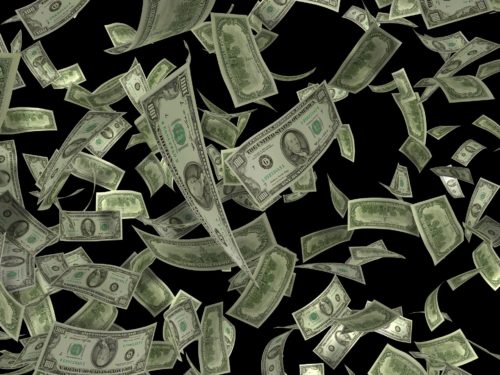While this may sound like the beginning of just another bad “walk into a bar” joke, this scenario could illustrate a lucrative opportunity–specifically for the brewer.
Crisp, dank, floral, fruity, roasty…the list goes on when it comes to the various characteristics that can describe the carefully poured pint in your hand. The fact is, as long as the freedom of choice rings loudly in America, beer enthusiasts will always have a plethora of beer options to satisfy their personal preferences. And it’s the brewers’ jobs to meet their demands with the perfect brew.
The craft beer industry is experiencing unprecedented growth across America, claiming 12 percent of the beer marketplace in 2015, according to data from the Brewers Association—the eighth consecutive year of double-digit growth. Accordingly, craft breweries are opening shop left and right, and these new players must find a way to differentiate themselves from the rest of them. Unsurprisingly, partaking in this liquid gold rush comes at a cost.
Apart from the typical expenses of operating a brewery, craft brewers are also faced with costs arising from internal improvements in production and processes—creating a superior brew harder, better, faster, stronger, than their competitors’, as well as external influences, such as consumer culture. Consumers dictate the industry’s flavor trends and styles, and moreover, what are acceptable, ethical manufacturing practices. While these costs may be hurting their wallets, craft breweries can find relief in tax credits.
The Research & Development (R&D) Tax Credit is a government-sponsored tax credit that has been helping manufacturing companies claim valuable tax dollars since its inception in 1980. While the term “R&D” might seem intimidating to anyone who’s not in a lab coat experimenting with test tubes, the reality is that this term applies to anyone who is coming up with a new product, making an existing product better, or even making improvements to the production process—essentially describing the typical work day of a manufacturer. The craft beer manufacturer especially qualifies for this lucrative tax credit as the industry, by nature, necessitates these “R&D” activities. What this tax incentive can mean for a craft brewery is hundreds of thousands of dollars going back into its pockets, as well as a reduction in tax liability in subsequent years.
As craft beer sales are skyrocketing at home, the craft beer revolution is likewise brewing (pun intended) overseas, with American craft beer exports rising 16.3 percent in 2015, topping $116 million in sales. Craft brewers who earn a significant income from exporting their brews may consider forming an “Interest Charge Domestic International Sales Corporation” (IC-DISC), which could reduce the tax rate on their ordinary income by as much as 20 percent. In the saturated craft beer market, this incentive could mean a significant competitive advantage.
If an accountant, engineer, and lawyer walk into your bar, seize the opportunity to talk about these and other tax incentives. With a team of accountants to accurately calculate your tax benefits, engineers to skillfully identify your qualifying R&D activities, and lawyers to represent you and defend your claims in the case of an audit, you can rest assured that you’re receiving your maximum potential credit amount. Now we can all drink to that.





